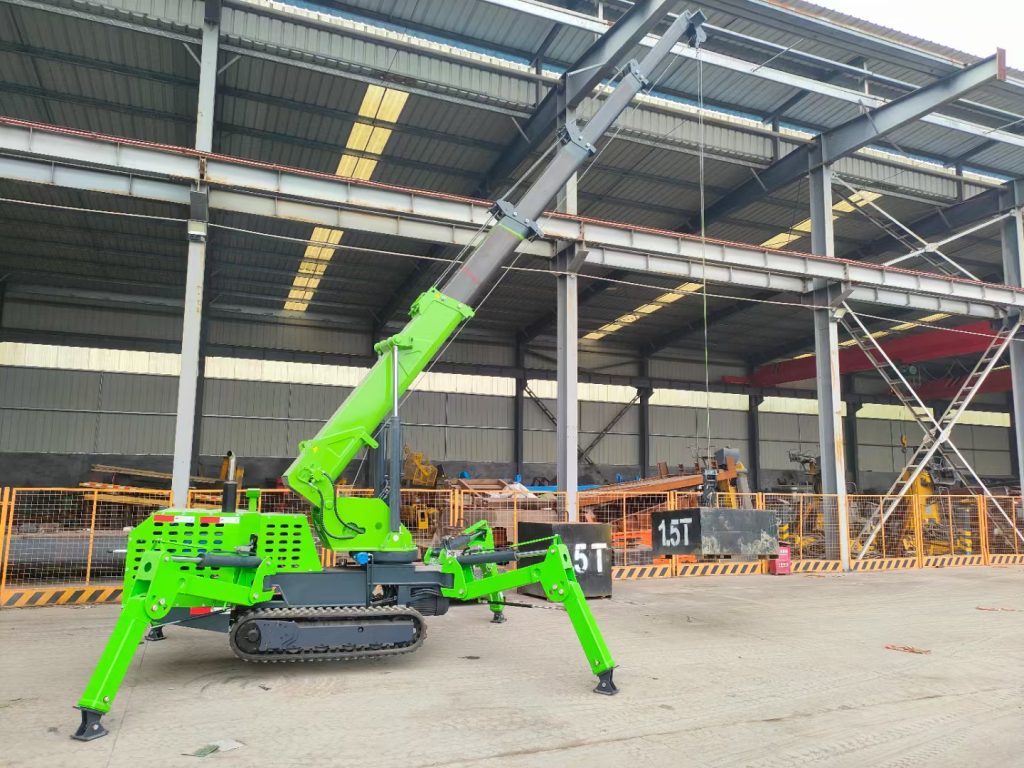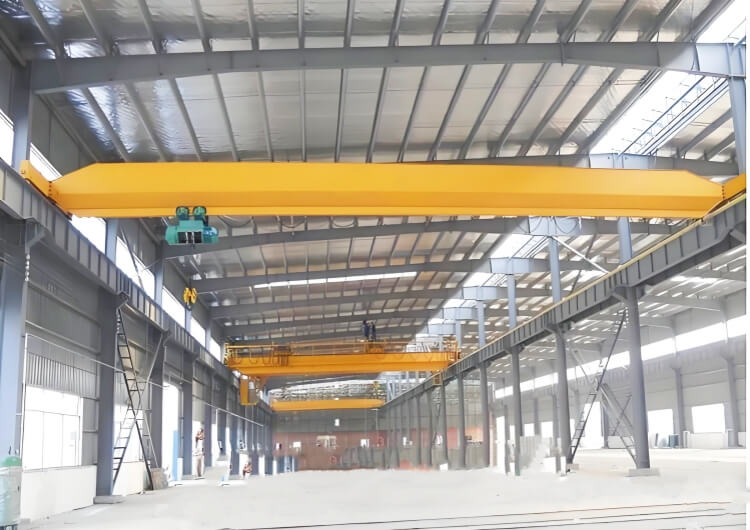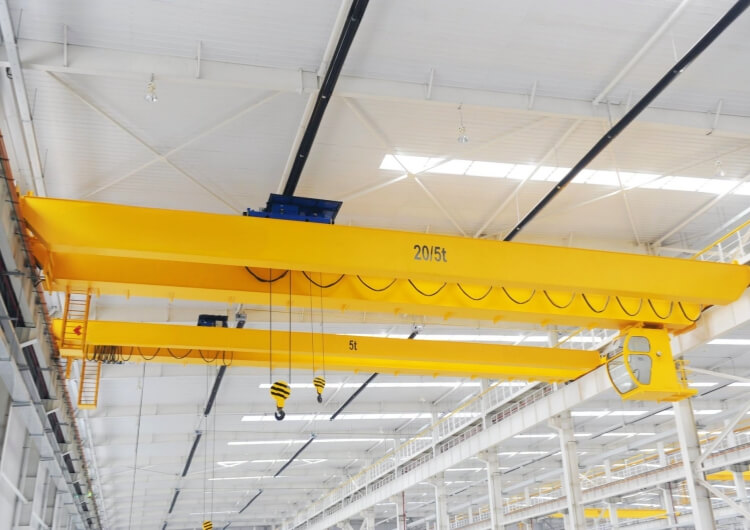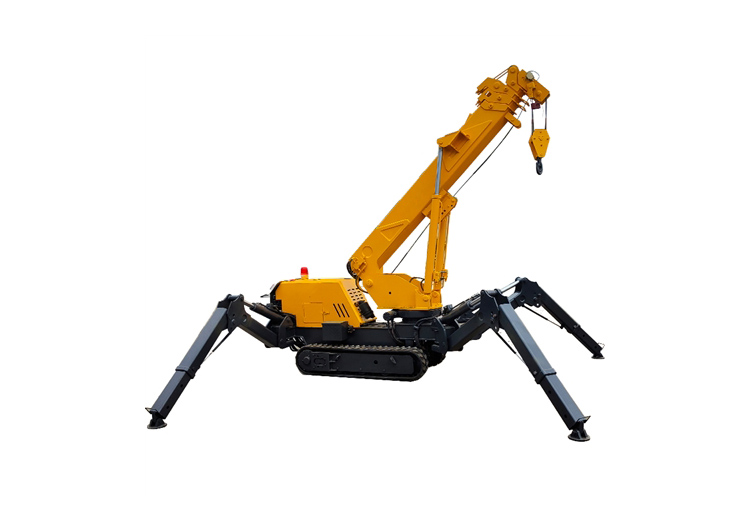Explosion Proof Overhead Crane Standards: A Comprehensive Guide
In industries where flammable gases, vapors, or combustible dusts pose significant risks, explosion proof overhead cranes are essential for maintaining safety and operational continuity. These specialized cranes are engineered to prevent ignition in hazardous environments, adhering to strict technical and safety standards. This article delves into the critical standards governing explosion-proof bridge cranes, with a focus on Chinese regulations and their alignment with global benchmarks, providing businesses with actionable insights for compliance and procurement.
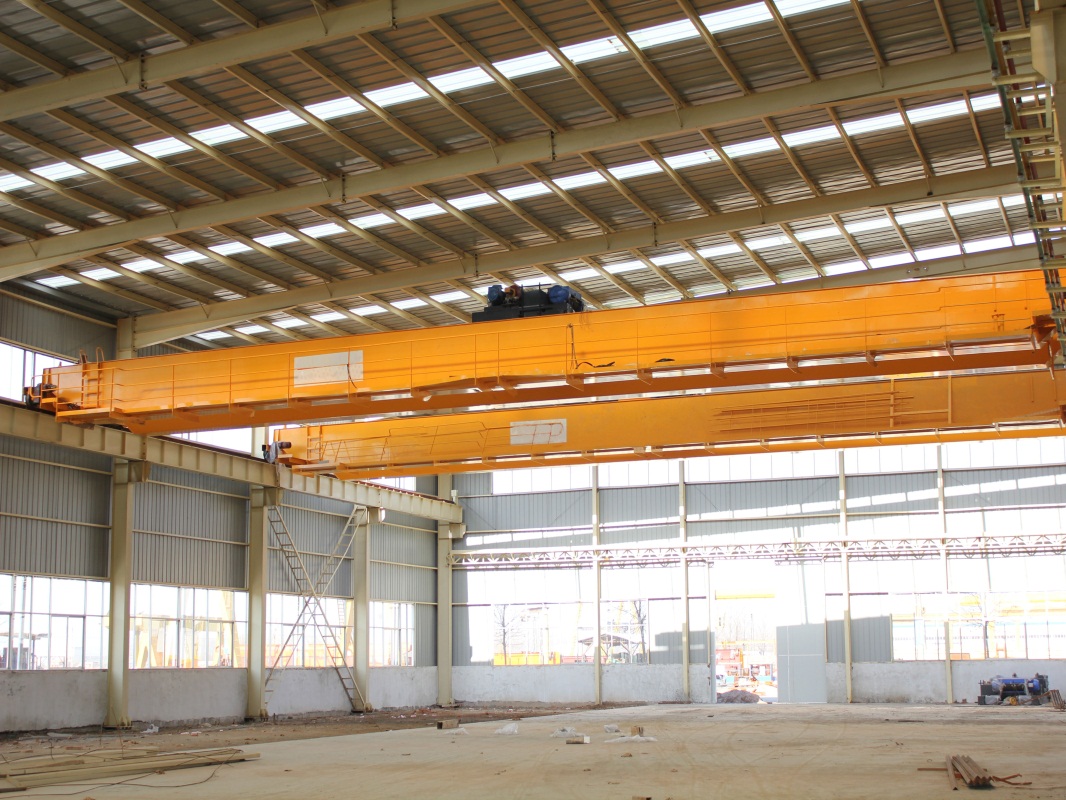
1. Why Standards Matter for Explosion Proof Cranes
Explosion proof cranes operate in high-risk zones where even minor sparks or heat could trigger catastrophic events. Standards ensure:
- Risk Mitigation: Preventing ignition through robust design and material selection.
- Interoperability: Compatibility with international safety protocols for global operations.
- Legal Compliance: Meeting mandatory certifications to avoid penalties and operational shutdowns.
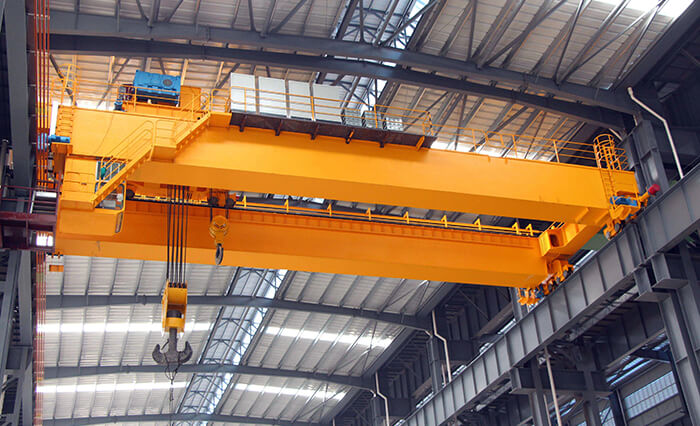
2. Core Standards for Explosion-Proof Overhead Cranes
a) Chinese National Standards (GB)
China’s regulatory framework prioritizes safety and precision. Key standards include:
- GB 3836 Series:
- GB 3836.1-2010: General requirements for explosion-proof electrical equipment, covering design, testing, and labeling.
- GB 3836.2-2010: Specifies flameproof enclosures (“Ex d” certification) to contain internal explosions.
- GB 3836.5-2017: Intrinsic safety (“Ex ia/ib”) standards for circuits that limit energy to non-ignition levels.
- JB/T 5897-2014: Technical specifications for explosion-proof bridge cranes, defining classifications (e.g., Zone 1/21 for high-risk areas), temperature groups (T1-T6), and material requirements.
b) Complementary Design and Safety Codes
- GB/T 3811-2008: Crane design guidelines for structural integrity, load capacity, and fatigue resistance.
- GB 6067.5-2014: Safety regulations for bridge cranes, emphasizing inspection, maintenance, and emergency protocols in hazardous environments.
c) International Alignment: IECEx and ATEX
Chinese manufacturers often comply with global certifications to serve export markets:
- IECEx System: Ensures equipment meets IEC 60079 standards for explosive atmospheres.
- ATEX Directive 2014/34/EU: Required for cranes sold in the EU, emphasizing risk assessment and quality assurance.
3. Key Technical Requirements
To meet standards, explosion-proof cranes must incorporate:
- Non-Sparking Materials: Aluminum alloys, stainless steel, or coated components to eliminate friction-induced sparks.
- Temperature Control: Motors and electrical systems designed to stay below the ignition point of surrounding hazards (e.g., ≤135°C for T4 group).
- Sealed Enclosures: Flameproof housings for electrical parts and anti-static coatings to prevent dust accumulation.
- Safety Mechanisms: Overload limiters, emergency brakes, and fault detection systems.
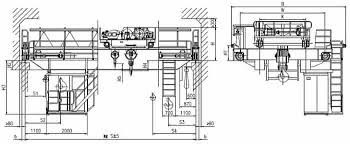
4. Certification Process in China
-
Legally operating explosion-proof cranes in China require:
- CNEX Certification: Issued by the National Center for Explosion Protection and Safety for Ex-compliant equipment.
- CCC Mark: Mandatory for electrical components under China Compulsory Certification.
- NEPSI Testing: Rigorous evaluation by the National Supervision and Inspection Center for Explosion Protection.
- Third-Party Audits: For international markets, IECEx or ATEX certifications may be necessary.
5. Applications Across High Risk Industries
Explosion-proof bridge cranes are vital in sectors such as:
- Oil & Gas: Refineries, LNG terminals, and storage tanks.
- Chemical & Pharmaceutical: Handling volatile solvents and powders.
- Mining & Metallurgy: Coal mines and metal processing plants.
- Food & Grain Processing: Combustible dust environments.
6. Choosing a Compliant Supplier: 5 Critical Factors
- Certifications: Verify valid CNEX, CCC, and IECEx/ATEX credentials.
- Customization: Ensure cranes are tailored to your zone classification (e.g., Zone 2/22 for moderate risk).
- Technical Documentation: Request detailed test reports, explosion-proof ratings, and maintenance guidelines.
- After-Sales Support: Look for suppliers offering installation supervision and compliance training.
- Industry Experience: Prioritize manufacturers with a track record in your sector.
7. Future Trends in Explosion-Proof Crane Standards
- Smart Technologies: Integration of IoT sensors for real-time hazard monitoring.
- Sustainability: Use of energy-efficient motors and recyclable materials.
- Harmonization: China’s increasing adoption of ISO and IEC standards to streamline global trade.
Conclusion
-
Understanding explosion-proof overhead crane standards is crucial for safeguarding personnel, assets, and productivity in hazardous environments. China’s rigorous GB and JB/T frameworks, combined with international certifications like IECEx and ATEX, ensure that compliant cranes deliver unparalleled safety and reliability. By partnering with certified suppliers and staying updated on evolving regulations, businesses can navigate complex compliance landscapes while optimizing operational efficiency.
All News
Recent Posts
2025/1/25
2025/2/7
Contact Us Now
Have questions about our cranes or need help?
Reach out to our friendly team for expert support and guidance.
We are here to help you power your journey towards a greener future !
Address: Crane Industry Park, Xinxiang City Henan Provice


